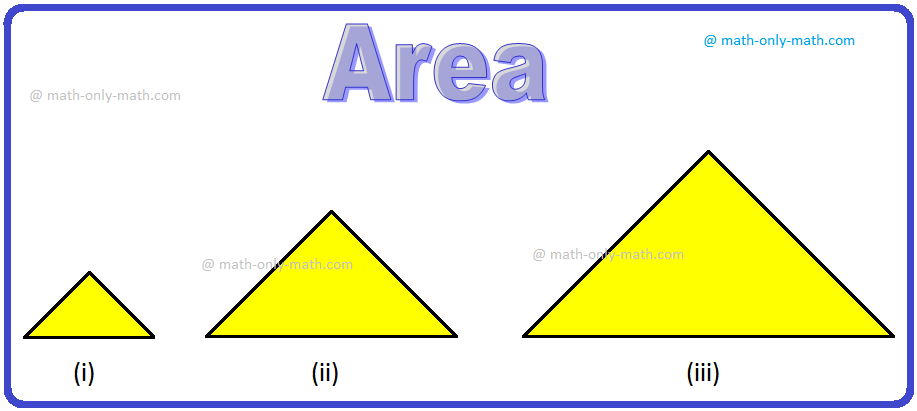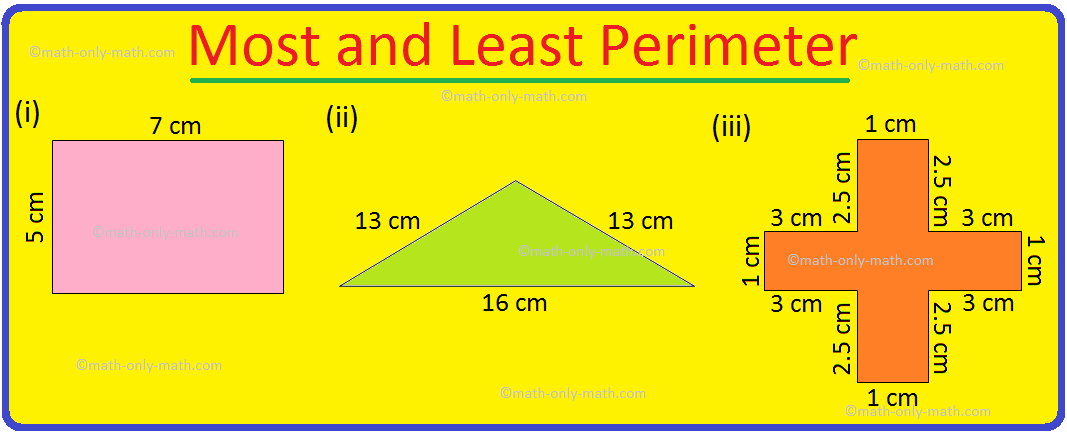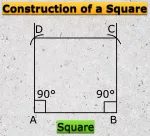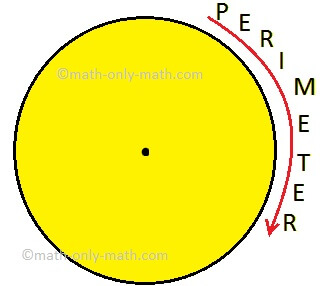Subscribe to our ▶️YouTube channel🔴 for the latest videos, updates, and tips.
Home | About Us | Contact Us | Privacy | Math Blog
Division of Integers
Division of integers is discussed here. Division of whole numbers is an inverse process of multiplication.
Dividing 20 by 4 means finding an integer which when multiplied with 4 gives us 20, such an integer is 5.
Therefore, we write as 20 ÷ 4 = 5 or, 204 = 5
Similarly, dividing 45 by -9 means, finding an integer which when multiplied with -9 gives 45, such an integer is -5.
Therefore, we write 45 ÷ (-9) = -5 or, 45−9 = -5
Dividing (-28) by (-4) means, what integer should be multiplied with (-4) to get (-28), such an integer is 7.
Therefore, (-28) ÷ (-4) = 7 or, −28−4 = 7
Definitions of the following terms used in division:
Dividend- The number to be divided is called dividend.
Divisor- The number which divides is called the divisor.
Quotient- The result of division is called the quotient.
When dividend is negative and divisor is negative, the quotient is positive. When the dividend is negative and the divisor is positive, the quotient is negative.
In division of integers we use the following rules:
Rule 1
The quotient of two integers either both positive or negative is a positive integer equal to the quotient of the corresponding absolute values of the integers.
(i) The quotient of two positive integers is positive. Here, we divide the numerical value of the dividend by the numerical value of the divisor.
For example; (+ 9) ÷ (+ 3) = + 3
(ii) The quotient of two negative integers is positive. Here, we divide the numerical value of the dividend by the numerical value of the divisor and assign (+) sign to the quotient obtained.
For example; (- 9) ÷ (- 3) = + 3
Thus, for dividing two integers with like signs, we divide their values and give plus sign to the quotient.
Rule 2
The quotient of a positive and a negative integer is a negative integer and its absolute value is equal to the quotient of the corresponding absolute values of the integers.
For example; (+ 16) ÷ (- 4) = - 4
Thus, for dividing integers with unlike signs, we divide their values and give minus sign to the quotient.
● Numbers - Integers
Properties of Multiplication of Integers
Examples on Multiplication of Integers
Properties of Division of Integers
Examples on Division of Integers
Examples on Fundamental Operations
● Numbers - Worksheets
Worksheet on Multiplication of Integers
Worksheet on Division of Integers
Worksheet on Fundamental Operation
7th Grade Math Problems
From Division of Integers to HOME PAGE
Didn't find what you were looking for? Or want to know more information about Math Only Math. Use this Google Search to find what you need.
Recent Articles
-
What is Area in Maths? | Units to find Area | Conversion Table of Area
Jul 17, 25 01:06 AM
The amount of surface that a plane figure covers is called its area. It’s unit is square centimeters or square meters etc. A rectangle, a square, a triangle and a circle are all examples of closed pla… -
Worksheet on Perimeter | Perimeter of Squares and Rectangle | Answers
Jul 17, 25 12:40 AM
Practice the questions given in the worksheet on perimeter. The questions are based on finding the perimeter of the triangle, perimeter of the square, perimeter of rectangle and word problems. I. Find… -
Formation of Square and Rectangle | Construction of Square & Rectangle
Jul 16, 25 11:46 PM
In formation of square and rectangle we will learn how to construct square and rectangle. Construction of a Square: We follow the method given below. Step I: We draw a line segment AB of the required… -
Perimeter of a Figure | Perimeter of a Simple Closed Figure | Examples
Jul 16, 25 02:33 AM
Perimeter of a figure is explained here. Perimeter is the total length of the boundary of a closed figure. The perimeter of a simple closed figure is the sum of the measures of line-segments which hav… -
Formation of Numbers | Smallest and Greatest Number| Number Formation
Jul 15, 25 11:46 AM
In formation of numbers we will learn the numbers having different numbers of digits. We know that: (i) Greatest number of one digit = 9,





New! Comments
Have your say about what you just read! Leave me a comment in the box below. Ask a Question or Answer a Question.